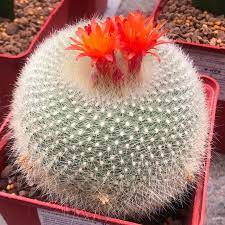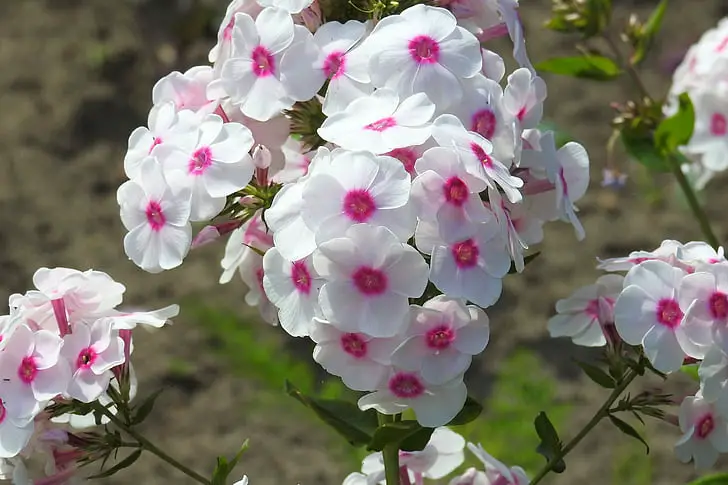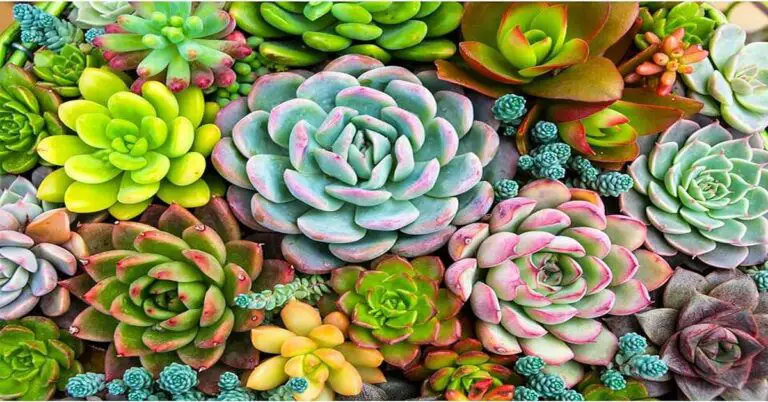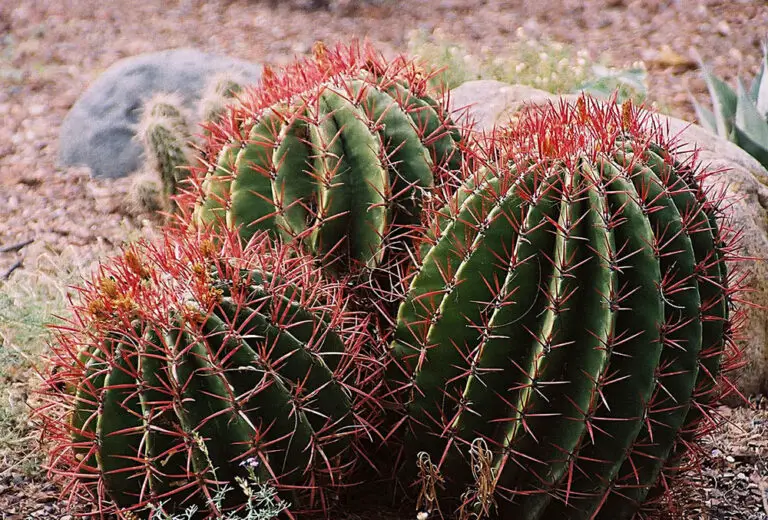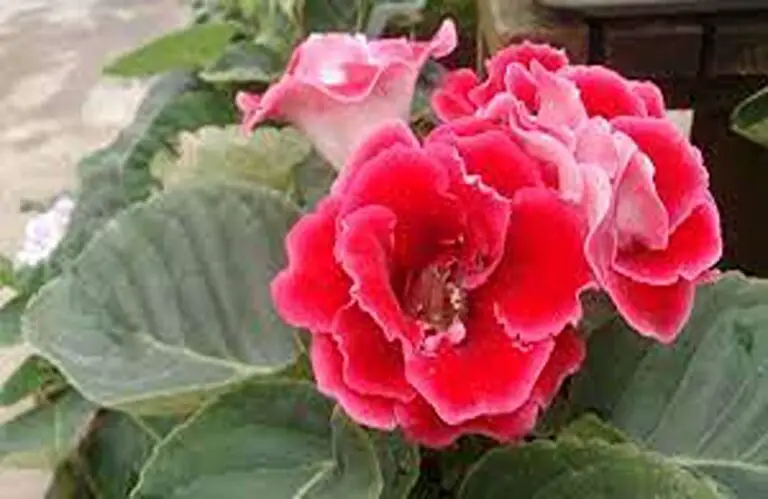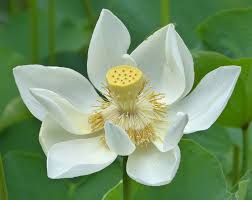Introduction
White bougainvillea, with its distinctive color variation compared to traditional bougainvillea, is a captivating addition to any garden or landscape. In this article, we’ll explore the key aspects of white bougainvillea care, its physical characteristics, suitable varieties, and creative ways to incorporate it into your outdoor and indoor spaces.
| Feature | Description |
|---|---|
| Scientific name | Bougainvillea spectabilis |
| Common name | White bougainvillea, paper flower, bugambilia |
| Family | Nyctaginaceae |
| Origin | Brazil |
| Growth habit | Climbing shrub or vine |
| Leaves | Large, ovate, with rippling along the edges and hairs on the underside |
| Flowers | Small, cream-colored, but the showy bracts are white |
| Bloom time | Spring to fall |
| Hardiness zone | 9-11 |
| Light requirements | Full sun |
| Soil requirements | Well-draining |
| Water requirements | Regular watering, but tolerant of drought |
| Fertilization requirements | Feed monthly with a balanced fertilizer during the growing season |
| Pests and diseases | Aphids, mealybugs, whiteflies, scale, powdery mildew, rust |
| Pruning | Prune in late winter or early spring to shape and control growth |
| Propagation | By air layering, stem cuttings, or seed |
| Uses | Ornamental plant, hedge, climber, espalier |
Physical Characteristics
White bougainvillea, an ornamental plant known for its elegance, exhibits a growth habit characterized by its vine-like nature. It can reach a height of 10 to 20 feet, forming lush cascades of green foliage adorned with white bracts that resemble flowers. While the bracts are the attention-grabbers, the actual flowers are small and inconspicuous, nestled within these vibrant white structures.
The Enchanting World Of Poinsettias: Embracing Nature’s Elegance
Cultivation and Varieties
There are several white bougainvillea varieties available, each with its unique charm. These varieties thrive in specific climate zones, particularly those with warm and temperate conditions. Research the suitable climate zones for your chosen variety before planting to ensure successful growth and blooming.
Red Begonia: A Stunning Beauty For Your Garden
Planting
For optimal growth, ensure you provide the right soil conditions for your white bougainvillea. Well-draining soil with a slightly acidic to neutral pH is ideal. This prevents waterlogged roots and encourages healthy growth. Additionally, white bougainvillea thrives in full sunlight, so choose a location that receives at least 6 to 8 hours of direct sunlight daily.
Care and Maintenance
Watering
Proper watering is crucial for white bougainvillea’s well-being. During its growing season, water the plant consistently, allowing the top inch of soil to dry between waterings. Adjust the frequency based on weather conditions and the plant’s growth stage.
Pruning and Training
Regular pruning helps maintain the plant’s shape and encourages flowering. Remove dead or diseased branches and cut back overgrown sections. Additionally, training the vines onto desired structures not only enhances aesthetics but also promotes healthier growth patterns.
Fertilization
White bougainvillea benefits from regular fertilization during its active growing season. Use a balanced, slow-release fertilizer to provide essential nutrients. Follow recommended dosage instructions to prevent over-fertilization, which can harm the plant.
Bougainvillea plants are heavy feeders and benefit from a steady fertilizer schedule. They prefer a fertilizer with equal parts nitrogen, phosphorus, and potassium. A good fertilizer to use for white bougainvillea is a 10-10-10 fertilizer. You can apply the fertilizer every 4-6 weeks during the growing season, which is typically from spring to fall.
To fertilize your white bougainvillea, simply sprinkle the fertilizer around the base of the plant and water it in well. You can also use a liquid fertilizer, which is often easier to apply. Dilute the liquid fertilizer according to the directions on the label and water it into the soil around the plant.
It is important to avoid over-fertilizing your white bougainvillea, as this can damage the roots. If you are unsure how much fertilizer to use, it is always better to err on the side of caution and use less.
Here are some additional tips for fertilizing your white bougainvillea:
- Use a slow-release fertilizer if you are planting your bougainvillea in the ground. This will help to prevent the fertilizer from burning the roots.
- If your bougainvillea is planted in a pot, you will need to fertilize it more often, as the soil in pots tends to dry out faster.
- Fertilize your bougainvillea in the morning or evening, when the sun is not as strong. This will help to prevent the leaves from burning.
- Water your bougainvillea well after fertilizing. This will help to dissolve the fertilizer and distribute it evenly throughout the soil.
By following these tips, you can help to ensure that your white bougainvillea gets the nutrients it needs to thrive and produce beautiful flowers.
Pests and Diseases
While white bougainvillea is relatively resilient, it can still face challenges from pests and diseases. Common pests include aphids, mealybugs, and spider mites. To prevent infestations, inspect your plant regularly and use organic or chemical treatments as needed.
Propagation
Propagating white bougainvillea can be done through various methods, including seeds, cuttings, and grafting. Each method has its advantages and challenges, so choose the one that aligns with your gardening goals and expertise.
- Air layering: This is a method of propagating plants by creating roots on a stem while it is still attached to the mother plant. To air layer a white bougainvillea, you will need to make a cut in the stem about 2 inches below a node. Then, remove the bark from around the cut for about an inch. Dip the exposed area in rooting hormone and wrap it in moist sphagnum moss. Secure the moss in place with plastic wrap. The roots should start to form in about 6-8 weeks. Once the roots are well-developed, you can cut the air layer from the mother plant and plant it in its own pot. Air layering method of propagating white bougainvillea
- Stem cuttings: This is a more straightforward method of propagating white bougainvillea. To take stem cuttings, you will need to cut a 4-6 inch piece of stem from a healthy plant. Remove the leaves from the bottom two inches of the cutting. Dip the cutting in rooting hormone and plant it in a pot filled with well-draining potting mix. Water the cutting well and place it in a warm, shady spot. The cutting should start to root in about 4-6 weeks.
Landscaping and Uses
Creative Landscaping
White bougainvillea’s versatile nature makes it an excellent choice for creative landscaping. Use it to create stunning archways, pergolas, and trellises. Its cascading bracts add an elegant touch to any outdoor space.
Indoor Beauty
Don’t limit white bougainvillea to outdoor spaces. You can also cultivate it indoors, provided it receives ample sunlight and proper care. Its elegance can enhance the aesthetics of your interior décor.
Conclusion
White bougainvillea’s unique charm and grace make it a sought-after addition to gardens and landscapes. By following proper care guidelines, choosing suitable varieties, and integrating it creatively into your outdoor and indoor spaces, you can enjoy its beauty year-round.
FAQs
- Can white bougainvillea tolerate cold climates? White bougainvillea prefers warm and temperate climates. In colder regions, it’s advisable to provide protection during frosty periods.
- How often should I fertilize my white bougainvillea? During the growing season, fertilize your white bougainvillea every 6 to 8 weeks with a balanced fertilizer.
- Do white bougainvillea require trellises for support? While not mandatory, trellises or structures help the vines grow more uniformly and enhance the visual impact of the plant.
- What’s the best way to prevent pests on my white bougainvillea? Regularly inspect the plant for signs of pests. Consider using insecticidal soap or neem oil as natural remedies.
- Can white bougainvillea be grown as a potted plant indoors? Yes, you can grow white bougainvillea indoors as long as it receives adequate sunlight and care.

